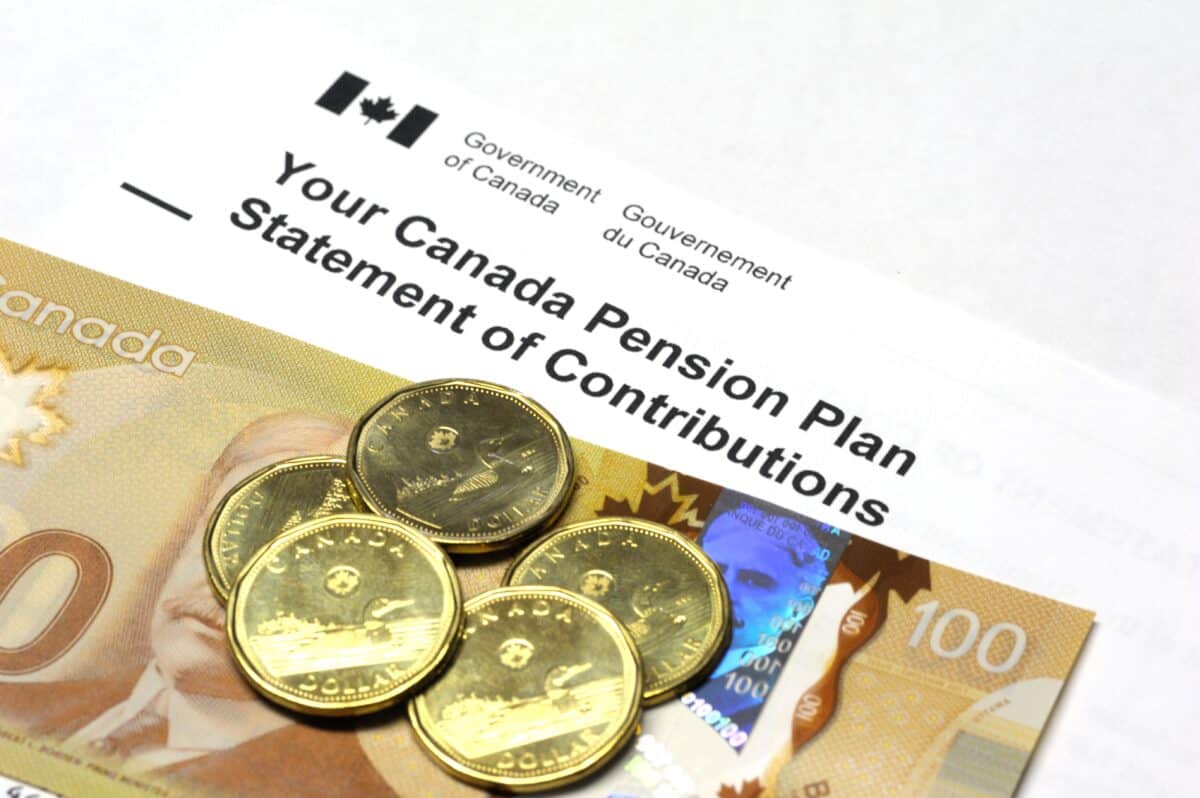Did you know that your CPP is going to get an inflation boost in 2025?
It’s true!
CPP benefits change a little bit each year to adjust for inflation. Typically this means that the benefits go up in nominal terms, but theoretically they can go down in times of deflation as well.
2024 saw significant, positive (if decelerating) inflation, meaning that in 2025, the CPP amount is likely to increase. By “the amount” I mean the amounts that CPP recipients receive; even though these amounts vary considerably, everybody gets the same percentage increase from the inflation adjustment.
We do not yet have all the data we’d need to forecast the CPP inflation adjustment for 2025. It goes off of the CPI change in the 12 months ended the prior year’s October 31. We’ll have to wait to see exactly what you’ll be getting. However, enough months of data are in that we can say with confidence the “ballpark” in which 2025’s CPP inflation adjustment will fall.
Up to 3% more than this year
So far, we’ve received CPI data for 9 out of the 12 months that will determine 2025’s CPP inflation adjustment. The first of those months was November of 2023, when the inflation rate was 3.1%. The CPI increase spiked to 3.4% in December 2023, and then ticked downward all through 2024. The average CPI increase in the months we have on file was 2.9%.
The hard data would seem to predict that the CPP increase for 2025 will be close to 3%. However, the next three months’ data could change things. Inflation is widely thought to have been near-2% in August. If that turns out to have been the case, then the 2025 adjustment may be closer to 2% than 3%. We can safely rule out the possibility of an adjustment approaching 4%, as inflation is trending downward at a time when three-quarters of the measurement period is known (and is mostly sub-3%).
Here’s what you can’t get
It is fairly likely that you will get a 3% boost to your CPP payments next year. If the hike is not near 3%, it will be near 2%. Either way, it will be a welcome increase.
Unfortunately, these small inflation adjustments are just about the only CPP increases you can get. The only other way to increase your payouts is to stop taking benefits. You can only do that if you elected to take CPP benefits in the last 12 months. If you’ve been receiving CPP for 12 months plus one day, then you can no longer go back on your choice to take benefits.
A good idea is to supplement your CPP with investments
If you aren’t satisfied with the amount of CPP you’re getting, you can always supplement your CPP with dividend stocks/funds held in a TFSA. Following this strategy allows you to accumulate a lot of passive income tax free.
Let’s look at Enbridge Inc (TSX:ENB). It’s a dividend stock with a 6.57% yield. That kind of yield can generate a lot of income, even if you don’t invest all that much up front. For example, $20,000 invested at 6.57% yields $1,308 per year.
| COMPANY | RECENT PRICE | NUMBER OF SHARES | DIVIDEND | TOTAL PAYOUT | FREQUENCY |
| Enbridge | $55.96 | 357 | $0.9150 per quarter ($3.66 per year) | $326.65 per quarter ($1,306 per year) | Quarterly |
A $1,306 per year income supplement can come in handy. It might be able to cover your monthly cell phone bill for example. On top of that, if you hold your ENB shares in a TFSA, every single penny of that is tax free! By contrast, if you live in Ontario and have a 50% marginal tax rate, you pay $202 in taxes on $1,306 worth of dividend income (the actual tax is less than 50% because of the dividend tax credit, but still substantial).
This by no means should be taken as “invest your entire TFSA in ENB stock.” It’s better to diversify. However, Enbridge’s high yield makes it suitable for illustrating just how much a TFSA can save you in dividend taxes.









